How to: reap your lockdown cycling gains
They may have scuppered our racing and holiday plans but lockdowns have proved to be an unprecedented boon for our fitness – as Ian Green finds out
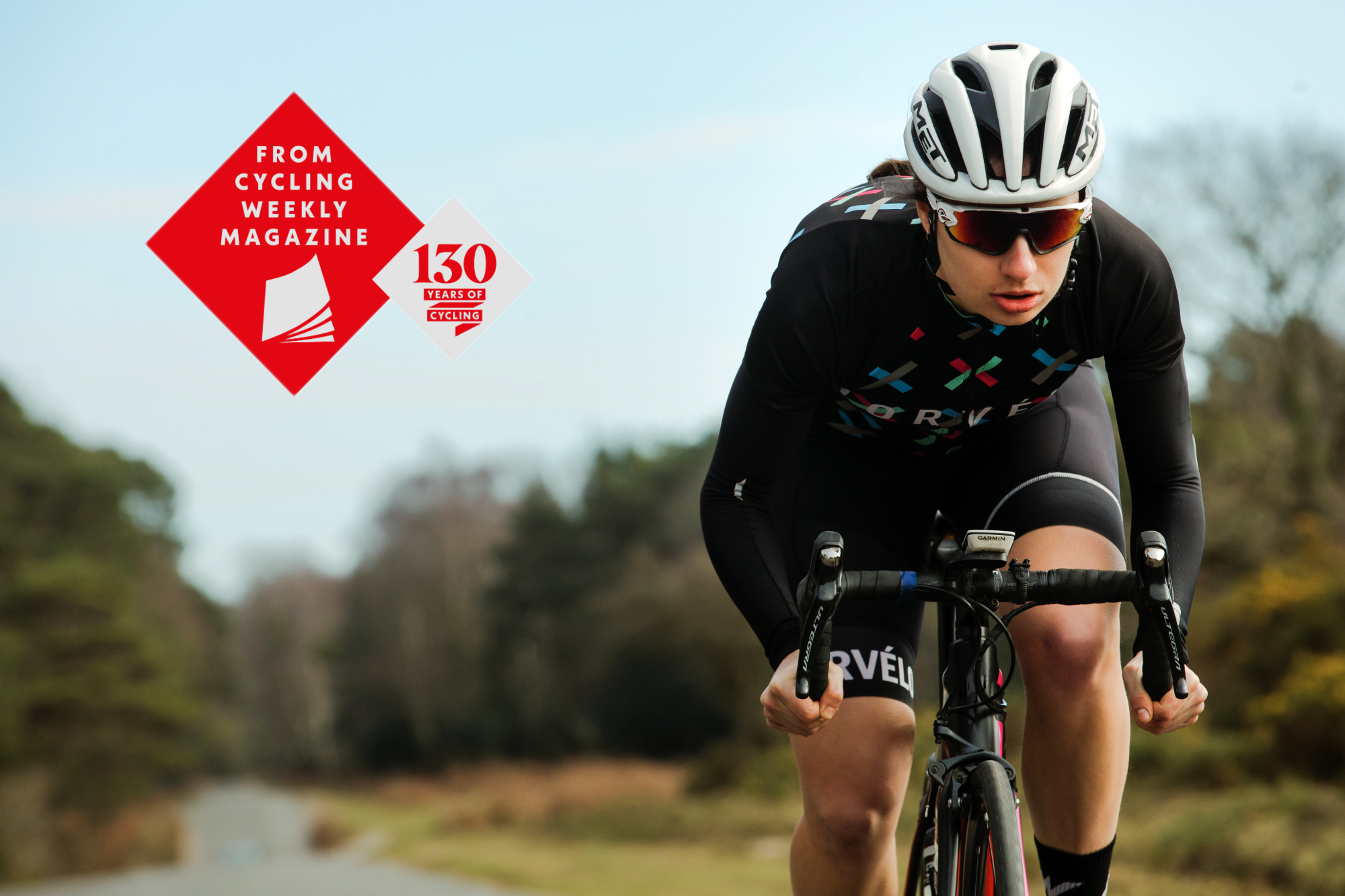
Chrissie Slot (Daniel Gould)
One year ago, as it became clear that the arrival of Covid-19 meant an imminent national lockdown, most of us were more concerned about our health than our fitness. Being cyclists, though, we guessed that our pedalling habit would help keep us well – and thankfully the government agreed, making provision for daily exercise. Nonetheless, it was impossible to foresee how long the lockdown would last or what impact it would have on our fitness, particularly for those of us with performance-related targets. Now, one year on, the picture is taking shape, and it’s throwing up some big surprises – for many of us, lockdown-related changes have, far from impeding our progress, actually brought about major fitness gains.
Dr Mark Elliott, associate professor in digital healthcare at the University of Warwick, has studied the effects on a sample of the UK population and found that different groups were affected in very different ways. For example, people living in rural locations were more likely to report an increase in exercise levels during lockdown than those in urban centres, while already-inactive people tended to do less than ever.
“The lockdown affected many people’s exercise routines,” says Elliott, “for example, the closure of gyms. However, many were quick to adapt to a new form of exercise, with a high proportion stating they plan to stick with this new routine.”
Among cyclists, we know that the lockdown spurred many of us to get out and ride more. Strava has reported that, across the world, 1.8 times more outdoor bike rides were uploaded from April to June 2020 than in the same period in 2019. Women led the way: British and Irish female cyclists recorded more than twice the increase of their male counterparts over the course of 2020, racking up 100 per cent more rides than in 2019. Men and women alike didn’t merely ride more frequently but faster too: one-third more KOM/QOM crowns changed hands. And we didn’t limit our extra activity to outdoor riding; we uploaded nine per cent more walks, six per cent more runs and five per cent more indoor rides than usual. Overall “moving time” jumped by nearly 15 per cent.
>>> Subscriptions deals for Cycling Weekly magazine
With cardiologist Dr Mark Dayer (see box), I run the website crickles.org, which allows users to quantify cardiac stress from exercise. We noted that the overall increase in users’ activity levels during 2020 typically led to a net increase in fitness of 10 to 15 per cent.
Reflect and reassess
Get The Leadout Newsletter
The latest race content, interviews, features, reviews and expert buying guides, direct to your inbox!
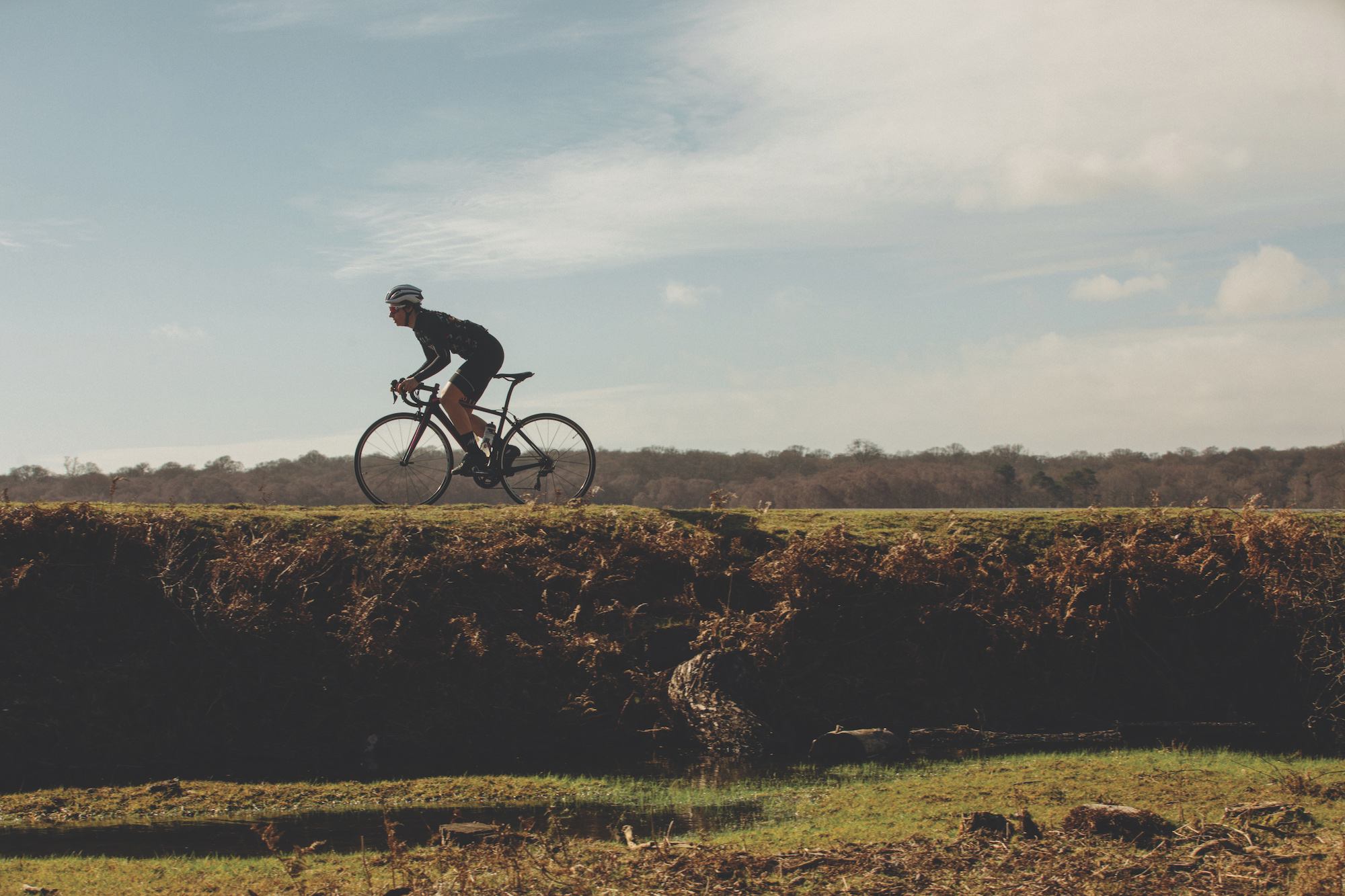
Nikalas Cook is a coaching and training consultant for British Cycling and the events company HotChillee, as well as being a personal coach for amateur and elite cyclists, and he has observed the same patterns as Strava and Crickles recorded. The lockdown has prevented HotChillee from running its signature events such as the Rainmaker RollerCoaster and London-Paris ride. Instead, the company created an online community platform that Cook describes as “akin to a virtual clubhouse”, running Zwift group rides and sessions in complementary disciplines such as Pilates.
Cook observed an initial drop in cycling activity as coronavirus levels were rising quickly, pre-lockdown.
“Cyclists were concerned about safety: would they put strain on hospitals if they risked crashes outdoors? Would they risk themselves if they had to go to hospital? Would intense exercise reduce immunity? Sessions dialled down by 10-15 per cent and became top-up fitness rather than race or event training.”
By April, cyclists were taking stock of the situation, and Cook saw that “some riders started to look at the lockdown as an opportunity to review themselves as riders and address weaknesses. Without the worry about tapering for events – because there were no events – or whether a weights session might affect a ride the next day, they could look at an all-round programme of, say, weight and strength conditioning, Pilates and also cross training. They became less tunnel-focused on cycling itself.”
These riders improved their performance, and their gains have been sustained through to 2021. They were, in effect, investing in the base of the performance pyramid. For them, “the lockdown was almost like an enforced winter,” says Cook. In contrast, other cyclists have thrown themselves into Zwift, racing weekly or even daily in some extreme cases. “These riders also saw short-term gains in performance,” says Cook, “but it’s not sustainable; they’re getting burned out.” In his opinion, it’s sensible to cap virtual racing to a couple of races per week.
Strengthen and consolidate
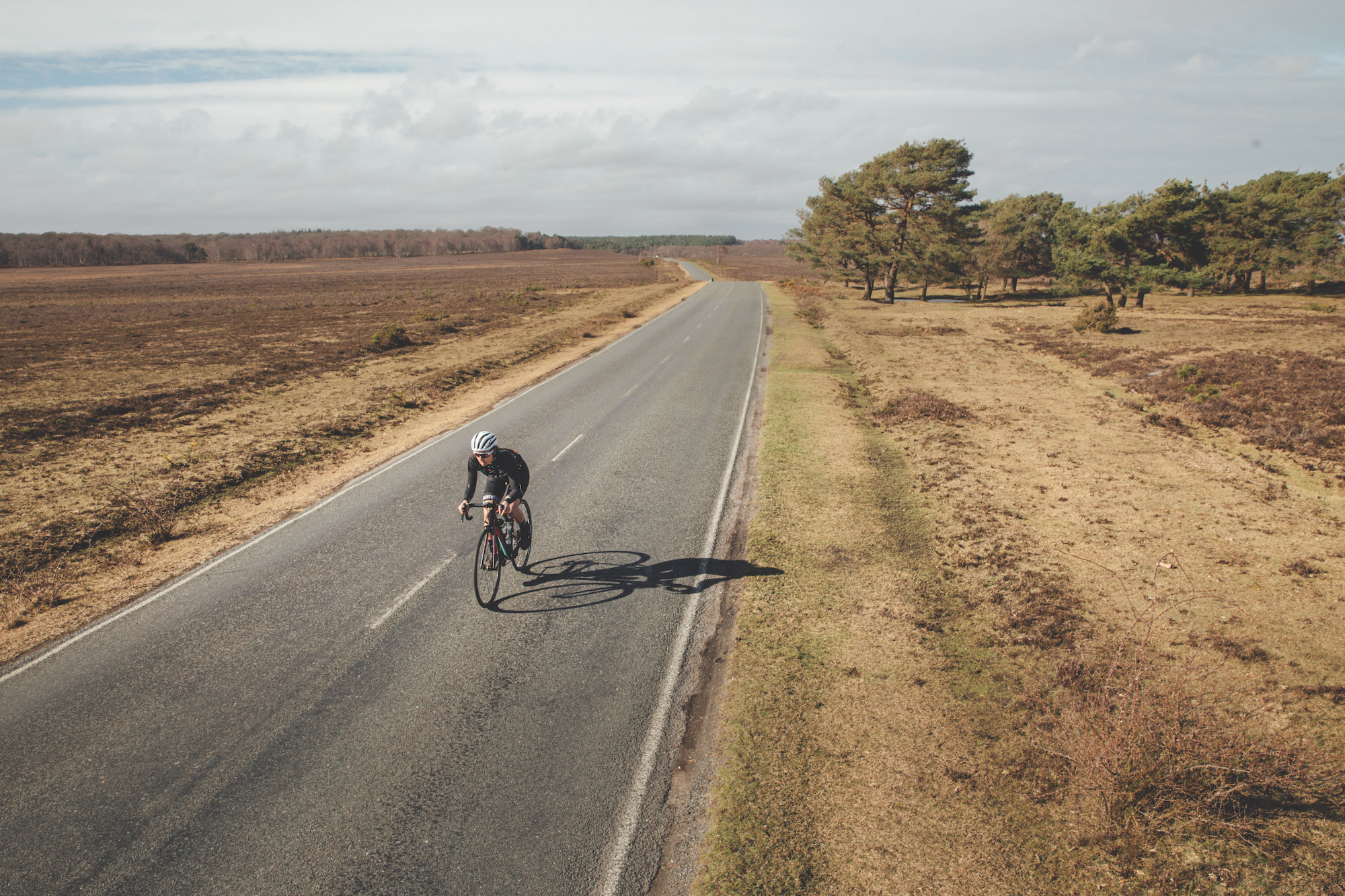
Fifty-year-old Jason Tipler, from Yeovil in Somerset, typifies the fitness benefits outlined by Cook. He rides regularly with Yeovil Cycling Club’s group one, and his fitness over the past couple of years has followed a typical pattern, with a large uptick from a training camp in Majorca in April – an annual trip for Tipler and his YCC club-mates.
For ordinary non-pro mortals, the fitness peak hit after a training camp is hard to retain, and Tipler typically sees a decline over the following months. In recent years, he has slowed the winter decline by supplementing road rides with indoor sessions on a smart trainer. Never one to relax, Tipler says: “I like to work really hard on the bike. I want to do something that’s testing and challenging.”
After an extended trip home to Australia and New Zealand in February 2020, Tipler had lost some fitness by March when he returned to riding – but then Covid-19 arrived. Alongside the changes brought about by the lockdown, his work as an independent consultant stopped almost overnight. He had much more time to ride, yet it was unclear how much he could actually do. “All of a sudden, we just seemed to have more time to exercise but it felt like we shouldn’t be going out. I felt, though, that I should use what resources I had to keep fit and use this period to improve.”
Initially after lockdown was announced, there was uncertainty among cyclists about whether it was right to ride outdoors at all, even though daily exercise was allowed. Like many others, Tipler was circumspect. After a couple of weeks and as the guidance became a little clearer, cyclists tentatively returned to the road.
“I saw other cyclists on the road and started doing solo rides as other people did. No long rides initially – mainly routes of up to 40km. After four weeks, I increased this to 80-90km in good weather, still solo.”
By late summer, Tipler’s weekly routine was involving a hard group ride each Sunday, a second one mid-week, a recovery ride on Thursday and a couple of top-up sessions on the smart trainer. The trainer was also useful to keep track of his FTP, which he periodically re-tested, feeding back the new FTP to increase the session difficulty, leading to a steady progression in threshold power.
Despite getting busier with work during the autumn, with endless video meetings eating into training time, Tipler managed to hold on to much of the fitness he had gained in the first three-quarters of the year. So much so, he is starting the 2021 season in better shape than usual.
>>> Cycling Weekly is available on your Smart phone, tablet and desktop
His group are now, in part because of lockdowns, tighter, more connected and better trained, and have reset their sights on the Tour of Cambridgeshire 2021.
Consistency is key
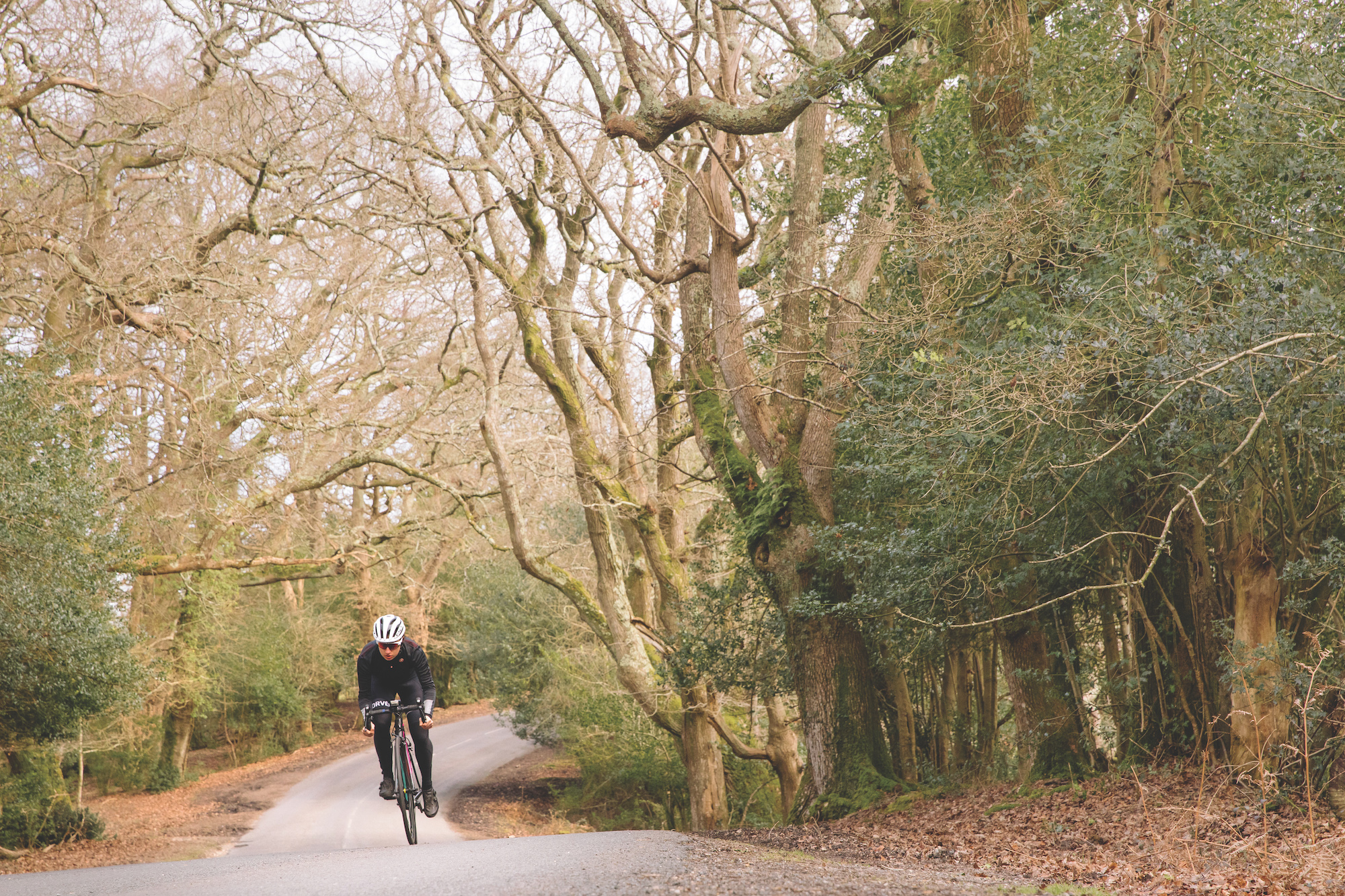
Tipler found that, unlike in previous years, his form did not tail off over winter, and this is representative of the cyclists on crickles.org: analysis of activity files typically shows not just a difference in exercise composition but also a fitness uptick of 10 to 15 per cent compared to recent pre-Covid years.
Has lockdown altered our beliefs about seasonal training cycles? According to last year’s experience, many of us now vary our choice of exercise and may be the better for it. Cook has a prescription for not letting the steadily won fitness go:
“Myths of long, slow rides are thankfully being dispelled. They’re a hang-up of an old view of base building and create an ‘all or nothing’ mindset. Targets get set then weather or illness can lead to these targets being missed. This is discouraging and the plan is often abandoned, so training then falls off a cliff.”
The new approach is steadier, less heroic and more varied. “Do invest time in the bottom layer of the pyramid but focus on consistent, quality training rather than huge miles,” continues Cook. “Burying yourself will make you ill. Instead, go to the gym a couple of times a week; do Pilates and do a couple of quality turbo sessions. Don’t stress if you can’t ride outdoors. Rest assured, you’ll be ready to ramp up for sportives, races or multi-day tours as and when circumstances allow.”
Coach’s view - How to capitalise on your lockdown gains
Coach Alex Welburn sets out his top recommendations for making a successful return to training and racing post-lockdown:
“As we move into the race season, it is important to balance both intensity and volume. You don’t want to suddenly increase intensity without adjusting your volume appropriately. It is a fine balance between the two.
“Don’t neglect recovery. Put as much energy into your recovery days as you do your training days. By this I mean focus on ensuring it is genuine recovery all day. If you have an easy recovery spin, as simple as it may sound, keep it easy. And don’t forget that all-important sleep.
“It might be a good idea to assess your power profile to check the progress you have made, especially as we approach the early part of the race season, as you may need to adjust your zones to ensure you are training optimally.
“Start spending a bit more time getting familiar with your race position – include a bit more time on the drops or in your aero tuck.
“Think about your goals: what do you want to get out of this year? The next training block? Your aims? Write these down and ensure you are working towards these.
“Finally, fuel for the work required – you don’t want to compromise the quality of your sessions by under-fuelling. This goes for both pre and post-training, as this will help optimise your overall progression.”
This feature originally appeared in the print edition of Cycling Weekly, on sale in newsagents and supermarkets, priced £3.25.
You can subscribe through this link here.
That way you’ll never miss an issue.

Thank you for reading 20 articles this month* Join now for unlimited access
Enjoy your first month for just £1 / $1 / €1
*Read 5 free articles per month without a subscription

Join now for unlimited access
Try first month for just £1 / $1 / €1
Founded in 1891, Cycling Weekly and its team of expert journalists brings cyclists in-depth reviews, extensive coverage of both professional and domestic racing, as well as fitness advice and 'brew a cuppa and put your feet up' features. Cycling Weekly serves its audience across a range of platforms, from good old-fashioned print to online journalism, and video.
-
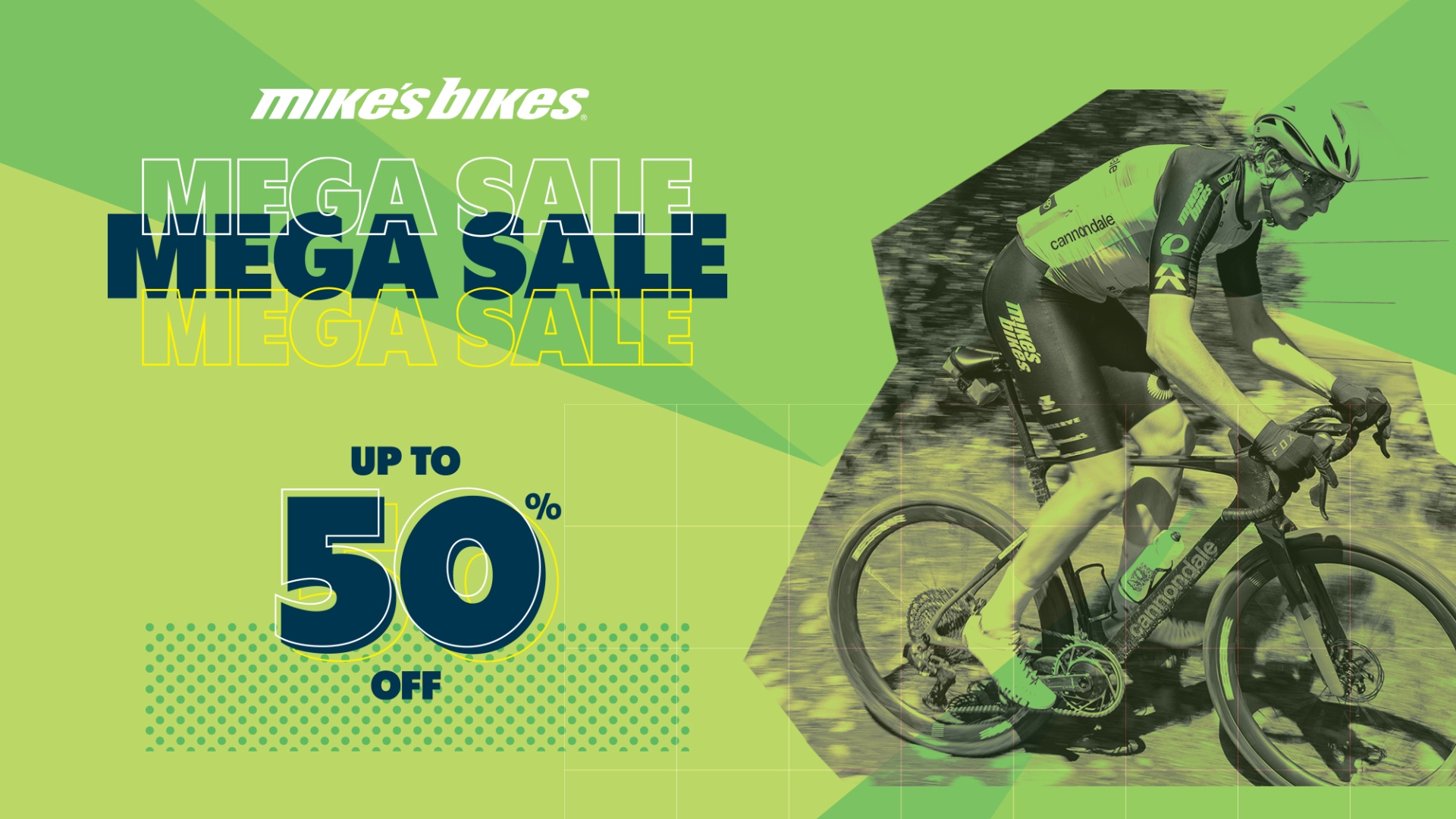 Mike's Bikes 'mega sale' is live and site wide with discounts over 50%
Mike's Bikes 'mega sale' is live and site wide with discounts over 50%Running until Sunday all products are discounted including complete bikes, clothing, smart trainers and much more
By Luke Friend
-
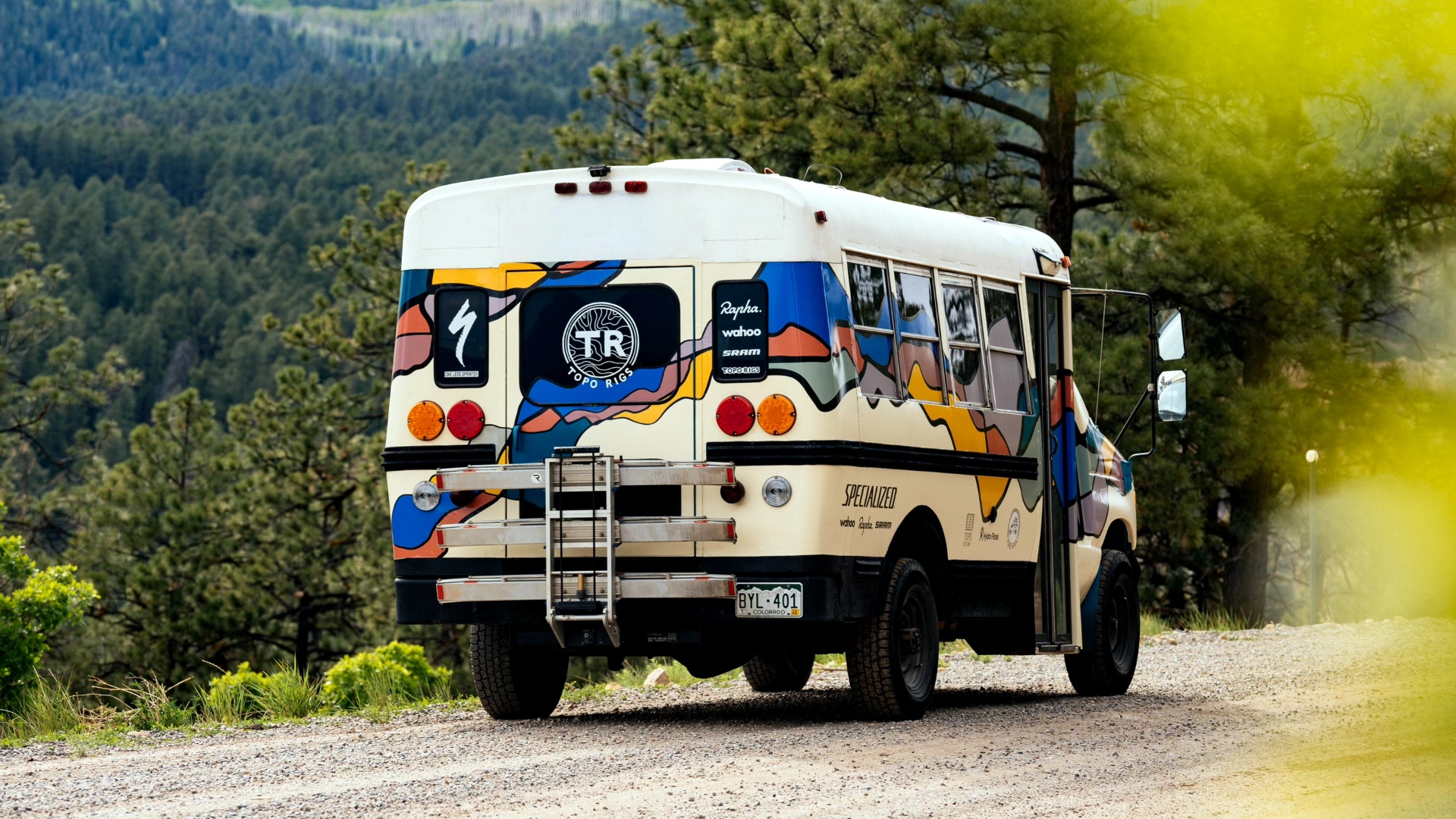 Can you be a pro athlete and an environmentalist? Earth Day reflections from a pro cyclist trying to be both
Can you be a pro athlete and an environmentalist? Earth Day reflections from a pro cyclist trying to be bothHow Sarah Sturm reconciles her life as a pro cyclist with her environmental values
By Sarah Sturm